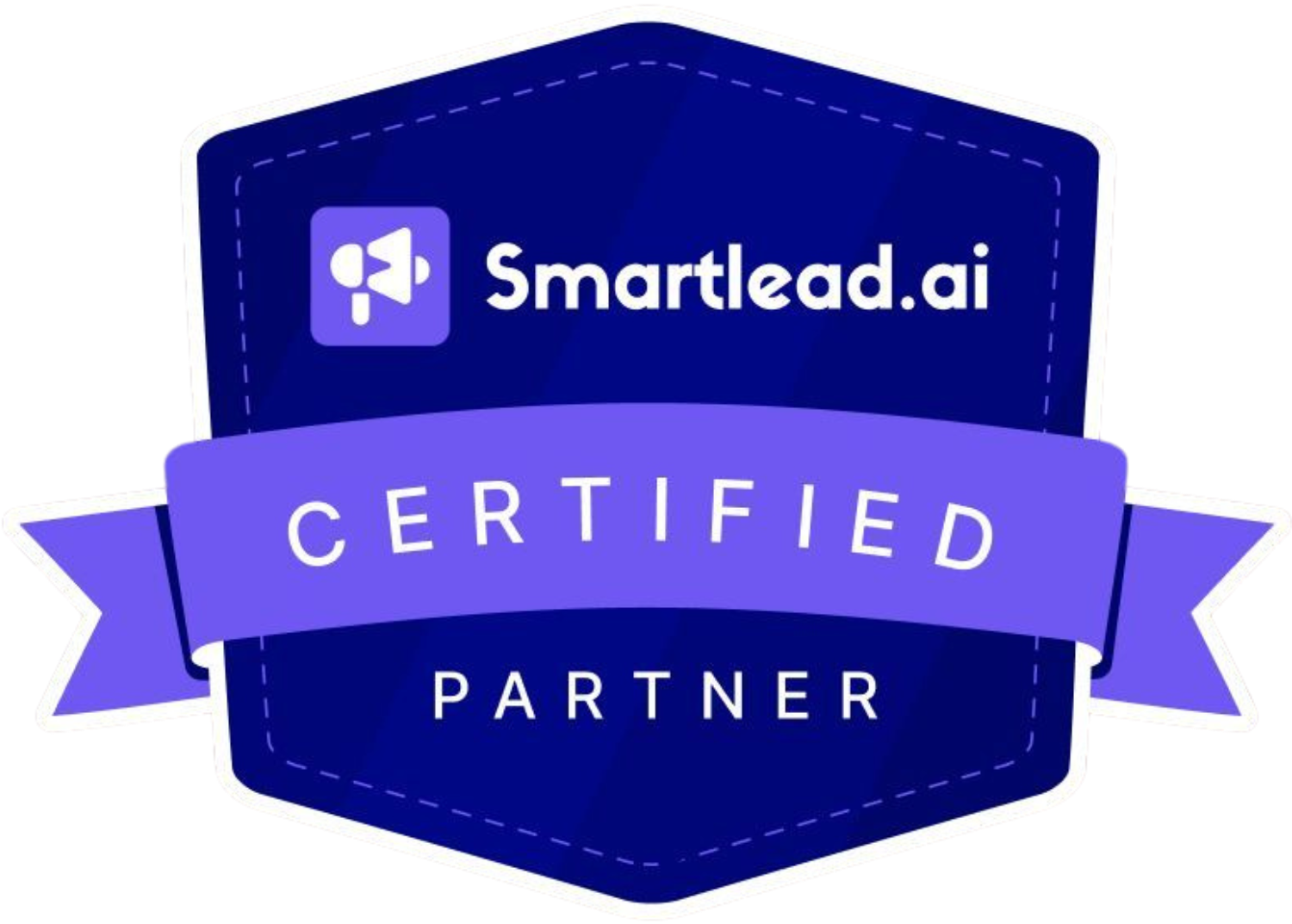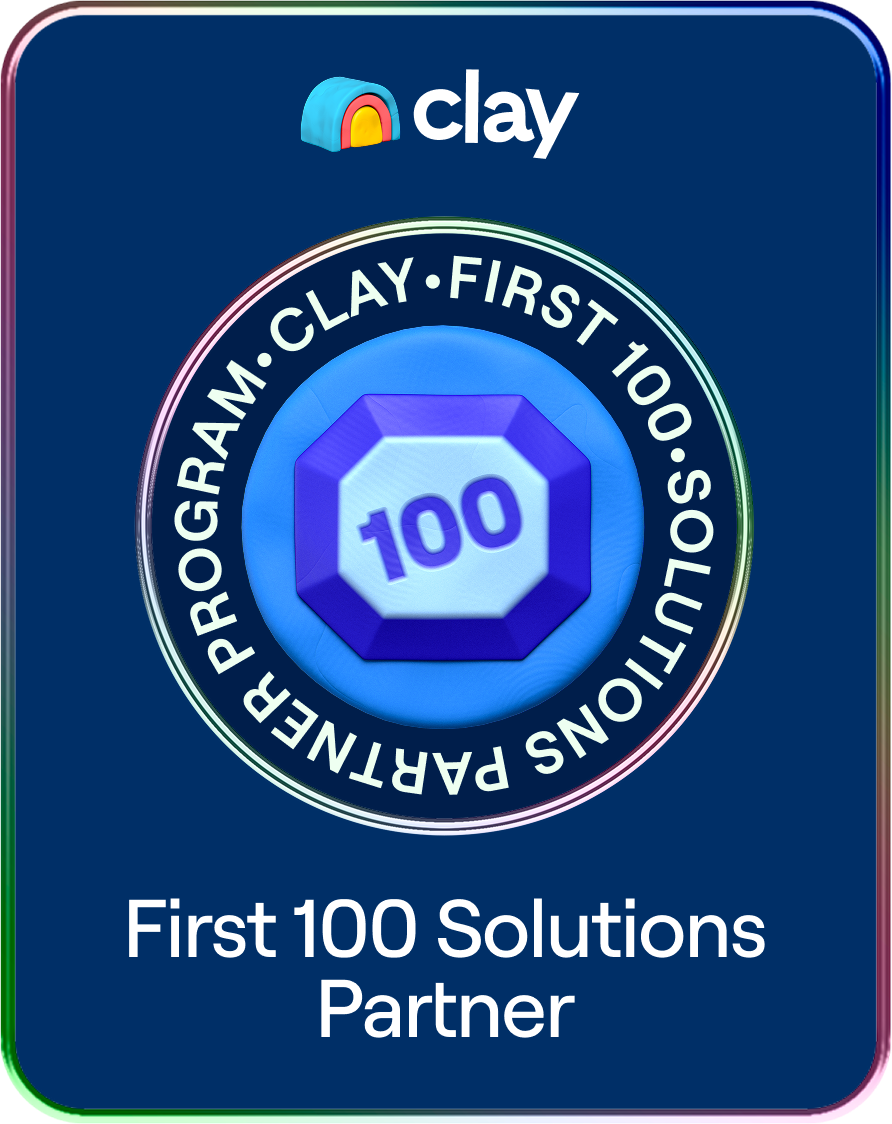%20(16).jpg)
Get Noticed! 8 Email Engagement Strategies For 2024
Don't let your emails go unnoticed. Follow our 8 easy ways to improve engagement and make every message count.
Winning Email Strategies For Your Business
Marketing isn’t just about reaching your goals or achieving what you want for your team and business. You’ll only hit your targets by showing your audience the benefits they stand to gain from your product or service. When it comes to marketing, it’s important to focus on communicating what’s in it for the people you’re trying to reach.
Successful marketing boils down to making your audience the heart of everything you do. Surprise and delight them with amazing experiences time after time. This way, you’ll earn a reputation for always putting your audience first and delivering nothing but quality content.
And when it comes to delivering quality content, emails are still king for effectively reaching customers. However, the inbox can be a competitive place, meaning your emails need that extra oomph to stand out. The real challenge lies in ensuring your email content is valuable and motivates your audience to actively engage with it.
The typical open rates for marketing emails hover around 21.33% across various industries, indicating that most marketing emails are either deleted or never opened. Unfortunately, some emails don’t even reach the inbox due to deliverability issues.
With emails still being a top way to reach audiences, it is increasingly vital to adopt innovative email marketing tactics that encourage engagement and spark interest.
This blog will discuss eight effective strategies to increase your email engagement and secure a competitive edge. But first, let’s take a look at what email engagement is and how it can be measured.
WHAT IS EMAIL ENGAGEMENT?
Email engagement refers to how people interact with the emails they receive. It’s like measuring how much attention your emails get from your audience. This can be seen in actions such as opening an email, clicking links within it, or even replying. The more engaged your audience is, the more likely they are to take the actions you hope for, like making a purchase or signing up for more information. It’s important because high engagement means your emails are relevant and interesting to the people receiving them.
Imagine you own a small bakery and decide to send out weekly emails to your customers with special offers, new treats, and baking tips. Email engagement in this context would involve tracking how many of your customers actually open these emails, click on the links to view your special offers, or use the coupons you provide. For example, if you send an email with the subject line “This Week’s Sweet Treats & Exclusive Discount Inside!” and notice that many recipients open the email and use the coupon code to make a purchase, it indicates high email engagement. This means your emails effectively catch interest and encourage your customers to interact with your bakery, potentially boosting sales and customer loyalty.
EMAIL ENGAGEMENT METRICS
Before we discuss engagement tactics, it’s important to understand the metrics used to measure engagement. No single metric determines engagement; you will need to use various metrics to get a clear picture of your engagement levels. Email engagement metrics include:
- Open Rate: The percentage of recipients who open an email.
- Click-Through Rate (CTR): The percentage of recipients who click on one or more links in an email.
- Conversion Rate: The percentage of recipients who take a specific action the sender desires, such as purchasing.
- Bounce Rate: The percentage of emails that could not be delivered to the recipient’s inbox.
- Unsubscribe Rate: The percentage of recipients who opt out of receiving future emails.
- Complaint Rate: The complaint rate represents the percentage of email recipients who marked your message as spam or reported it as unwanted.
- Forwarding/Share Rate: The forwarding or share rate shows the percentage of people who forwarded your email to others or shared it on social media platforms.
- Time Spent Reading: This metric tracks subscribers’ average time reading your email.
8 WAYS TO IMPROVE YOUR EMAIL ENGAGEMENT
With everything being online now, inboxes are often overflowing, so making your emails stand out is crucial. Here are eight effective strategies to improve your email engagement:
1. Personalisation Always Add A Special Touch
Everyone likes to feel special, so why not add a personal touch to your emails? This approach makes your email feel more like a one-on-one conversation rather than a broadcast message.
Imagine receiving an email that starts with “Hey [Your Name], we thought you might like these new arrivals!” compared to a generic “Dear customer.” For instance, if someone recently bought a novel from your bookstore, your next email could suggest similar books or offer a special deal on a related author’s collection.
2. Write Winning Subject Lines
The subject line is your first impression, so make it count! Use intriguing, action-oriented language that piques curiosity or offers value. Think of it as the headline of your email – it should be catchy enough to prompt a click.
Consider a subject line that reads, “Unlock Your Exclusive 20% Discount Inside!” versus “Monthly Newsletter.” The former, with its promise of a reward, is more likely to be clicked. Another example could be “You Won’t Believe What’s Inside!” for an email unveiling new products, creating a sense of mystery and excitement.
3. Optimise for Mobile
With most people checking their emails on their smartphones, ensuring your emails look great on small screens is crucial. Use responsive design and keep your layout simple. Big, clickable buttons and easily readable fonts will make your emails more user-friendly.
For example, a fashion retailer’s email should display its new collection with clear, high-resolution images beside short, impactful descriptions, ensuring easy navigation on a touchscreen.
4. Segment Your Audience
Not all subscribers are the same. Segment your email list based on demographics, behaviour, or purchase history to send more relevant content. Tailoring your messages to different segments can significantly improve engagement rates.
For example, if you run an online fitness platform, you could send workout tips and class recommendations based on user preferences – yoga enthusiasts receive yoga class promos, while marathon runners get running tips. This tailored approach makes each email more relevant and engaging.
5. Tell The Story With Visuals
A picture is worth a thousand words, which also holds true for emails. Incorporate high-quality images or GIFs to break up text and add a visual punch. Visuals can help convey your message more effectively and keep readers engaged.
For example, a travel agency’s email could feature breathtaking images of a new destination package or a short video tour of a luxury resort.
6. Make The CTA Stand Out
What do you want your readers to do after reading your email? Whether it’s visiting your website, making a purchase, or reading a blog post, your call to action (CTA) should be clear and compelling. Use action words and make your CTA buttons stand out.
For instance, an email from a non-profit could end with a bold “Join Us Now” button, leading to a donation page. Or, an online store’s email might include a “Shop Now” button that takes customers directly to a sale page. These CTAs guide the reader on what to do next, clarifying the email’s purpose.
7. Offer Exclusive Content or Deals
Give your subscribers a reason to open your emails by offering exclusive content, deals, or insights they can’t get anywhere else. This adds value and builds loyalty and anticipation for your future emails.
Exclusive content could include early access to sale items for a clothing brand. Or, a digital magazine could offer email subscribers a downloadable guide, “10 Secrets to a Perfect Garden,” that’s unavailable to non-subscribers.
8. Monitor and Adjust Based on Analytics
Email marketing doesn’t have a one-size-fits-all solution; it’s about experimenting to see what works best. A/B testing can show you what captures your audience’s attention.
You can experiment with several features, like how long your subject lines are, whether to use emojis, what your preview text says, who the email appears to come from, where you place your call to action and how it’s worded, as well as the overall length of your message. It’s also a good idea to test sending your emails on different days and at various times to find the optimal times when your audience is most receptive.
By incorporating these strategies into your email marketing, you’re creating an experience that invites engagement and builds a deeper connection with your audience.
IMPROVE EMAIL ENGAGEMENT WITH REACHLY
Creating the perfect strategy for your email engagement is key to mastering email marketing, and we’ve shared plenty of ways to make your emails resonate with the right audience.
We understand, though – when you’re running a business, there’s hardly any time to dive deep into email marketing tactics. That’s where Reachly steps in. Think of us as your ally to boost your email strategy without adding extra work for you. Specialising in LinkedIn lead generation, we integrate seamlessly into your existing processes, allowing you to concentrate on what matters most: growing your business.
Reachly is dedicated to crafting impactful messages that stand out, precisely what you need to grab your audience’s attention.
Let us boost your engagement while you focus on your area of expertise. Contact us for a free consultation – no strings attached, and see how we can supercharge your email engagement rates.

I hod spent the last 11 years in corporate management around sales and growth marketing. His areas of expertise include lead outomation, lead generation, Linkedin optimization, soles funnels and growth marketing. I hod serviced over 500 butinesses to seale their revenue operations and build better pipolines.


%20(1).jpg)
%20(2).jpg)
%20(3).jpg)











